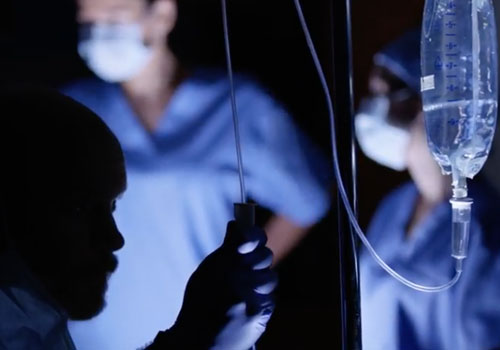
Brachial Plexus
This page focuses on the main types of brachial plexus injuries.
Erb’s Palsy
Erb’s palsy (also called shoulder dystocia) is the most well known type of brachial plexus injury. It occurs when the brachial plexus nerves in the upper arm are damaged; specifically, rupture of the nerve roots to the spine, usually, C5 to C7. This injury affects the muscles in the arms resulting in abnormal movements; loss of sensory and motor function; decreased grip and, in some cases, unnatural positioning of the affected arm, hanging limp or bent inwards. A video-clip of footage of a child with Erb’s Palsy can be seen below:
Click here for our dedicated page on Erb’s Palsy.
Klumpke’s Palsy
Klumpke’s palsy occurs because of injury to the lower part of the brachial plexus nerves (typically from nerve roots C7, C8 and T1). It is likely to affect the hand (often leading to a claw-like appearance), wrist and arm on the affected side and can cause numbness and loss of feeling. Like Erb’s palsy, the main cause of this type of injury is when a baby becomes stuck during the labour and the brachial plexus nerves are stretched too far because of excessive pulling.
Neuroma
A neuroma injury may develop after the initial damage to the brachial plexus nerves during the baby’s delivery has occurred. Scar tissue grows around and over the injury putting excessive pressure on the injured nerve and hindering its function in sending signals to the muscles. Small and minor neuromas may heal of their own accord but more serious injuries may require surgery or neurolysis. Symptoms of neuroma may include: pain, loss of sensation and muscle paralysis.
Neurapraxia
Neurapraxia is the most common type of brachial plexus injury. It is the least severe because it involves minor strains and tears to the lining of the nerves, rather than the actual nerves, as with Erb’s and Klumpke’s palsy. Neurapraxia may cause muscle weakness, numbness, over sensitivity. It may resolve of its own accord, depending on the severity of the damage.
Treatment
Treatment options for brachial plexus injuries are dependent on the severity of the nerve damage. Some babies, fortunately, make a full recovery on their own; others may require physiotherapy, medication or surgery. When a child has suffered a brachial plexus injury they may be significantly disabled for life.


